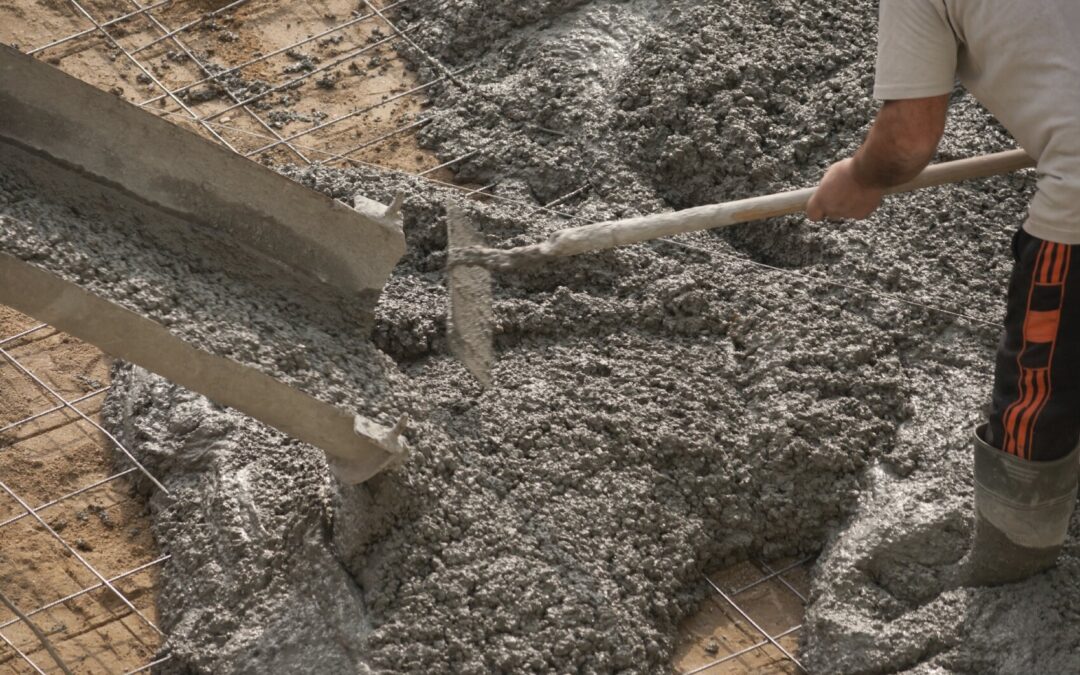With the industry constantly working towards improvement, new machines and techniques are being introduced by the day and this advanced development has led to a material that is proving as extremely useful for workers, self-healing concrete.
Self-healing concrete is one of the most advanced materials in construction at the moment as, despite concrete’s strength and durability, cracks and breakages are constantly appearing in the layout, whether it’s soon after setting or years into the future.
This method is a cost-effective way of preserving materials and prolonging life expectancy of pavements and roads. This new material can push ahead of the industry’s short-term mindset, with a safety net to cover the gaps in the concrete.
Ghent University in Belgium has researched other methods of self-healing concrete using microgels, which can endure the pressure for up to 100 years after application. These gels support the collateral effects of internal curing, further hydration and the precipitation of calcium carbonate, swelling when water enters the gaps. This gel, unlike the capsules, can be applied after the damage has been caused and will then continue to heal the concrete cracks.
Microbiologist Henk Jonkers devised a calcium lactate-based product which he set with the bacteria in capsules made from biodegradable plastic. When added to wet concrete mixture, the pods open and water eventually seeps in, hence activating the bacteria. The bacteria germinates and multiplies whilst feeding on the lactate, mixing the calcium and carbon ions to create calcite, also known as limestone, which seals the cracks in the setting.
Jonkers applied his self-healing concrete on a lifeguard station, which is prone to both water and wind damage. Supporting all positive expectations, the structure has remained solid and water tight for eight years.
The technology first hit the market in 2015 and has since proved to be an innovative advance to the industry and Jonkers’ creation is a subject of an exciting step towards biological building, a process which combines construction materials with natural biological procedures. Jonker says: “Nature is supplying us with a lot of functionality for free – in this case, limestone-producing bacteria. If we can implement it in materials, we can really benefit from it, so I think it’s a really nice example of tying nature and the built environments together in one new concept.”
The invention has proved to be successful and is in demand for construction sites across the globe, putting self-healing concrete high up the ladder for building an eco-friendly future throughout the industry.

